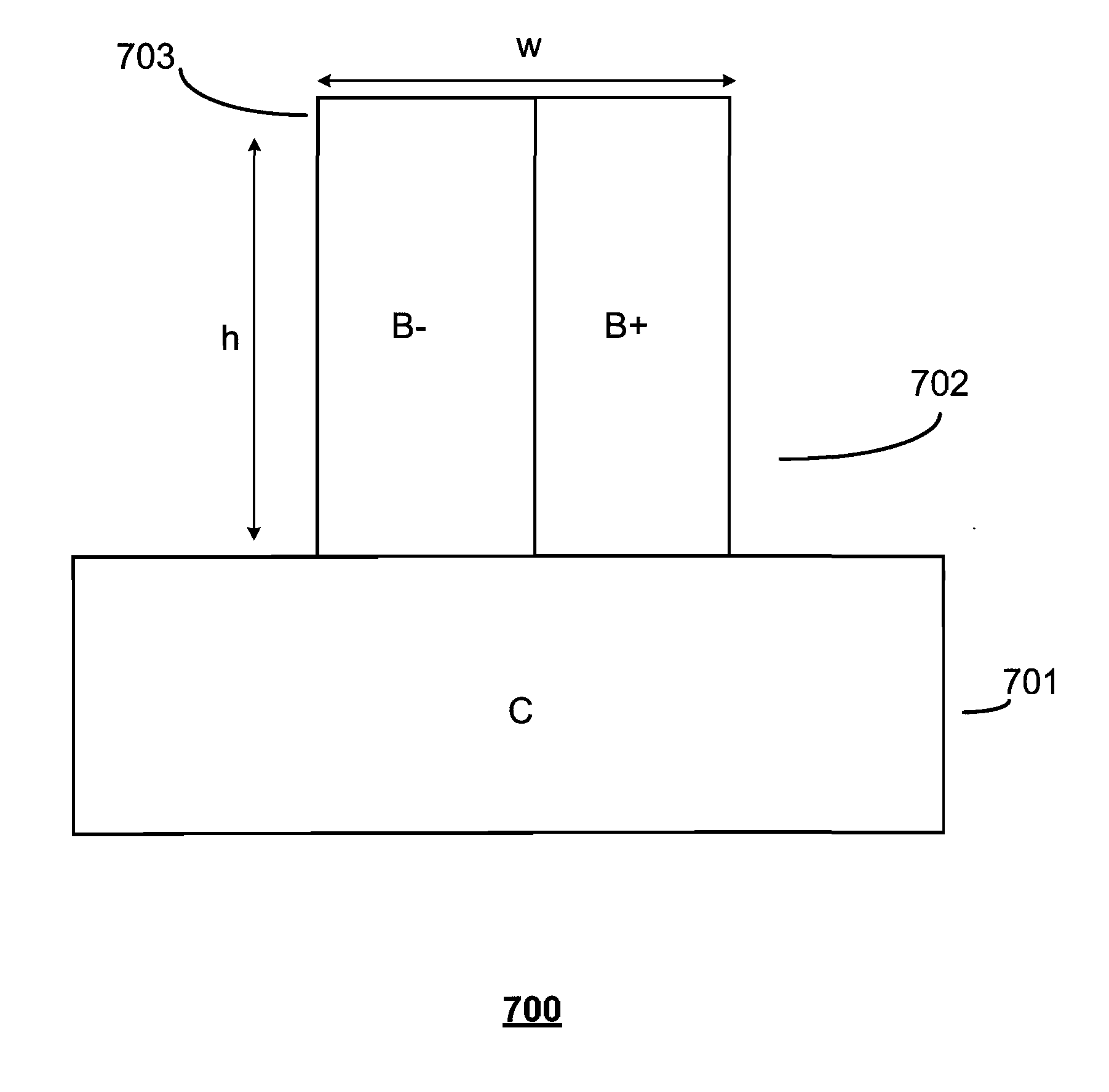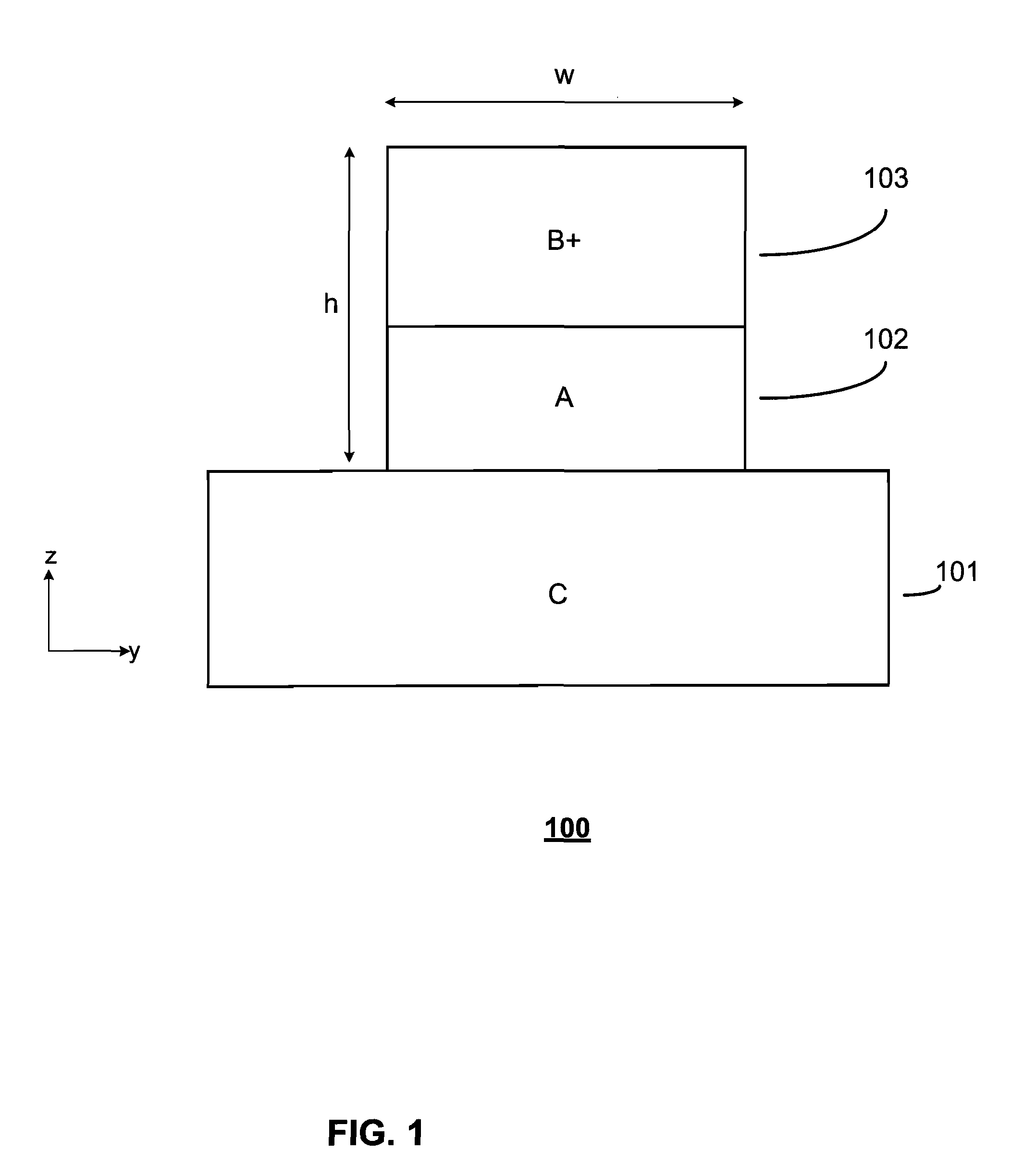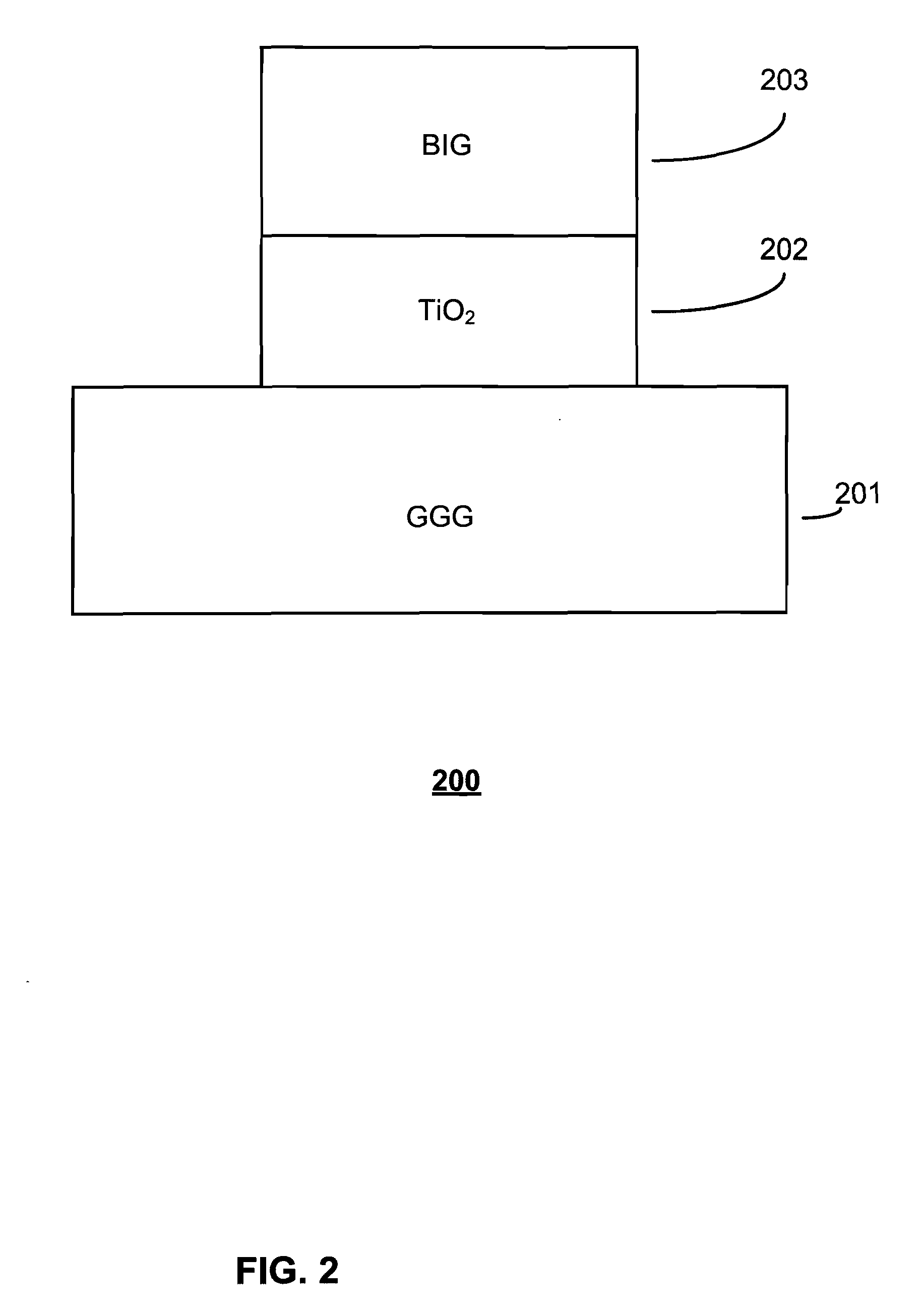Optical Isolator
a technology of optical isolators and polarizers, applied in the direction of optical waveguide light guides, instruments, polarising elements, etc., can solve the problems of difficult chip integration, large optical isolator types, and large construction costs of faraday rotators and polarizers
- Summary
- Abstract
- Description
- Claims
- Application Information
AI Technical Summary
Benefits of technology
Problems solved by technology
Method used
Image
Examples
Embodiment Construction
[0017]The following description is presented to enable any person skilled in the art to make and use the invention, and is provided in the context of particular applications and their requirements. Various modifications to the exemplary embodiments will be readily apparent to those skilled in the art, and the generic principles defined herein may be applied to other embodiments and applications without departing from the spirit and scope of the invention. Thus, the present invention is not intended to be limited to the embodiments shown, but is to be accorded the widest scope consistent with the principles and features disclosed herein.
[0018]FIG. 1 illustrates an optical isolator 100 in accordance with one embodiment of the invention. Optical isolator 100 includes substrate portion 101, first waveguide portion 102, and second waveguide portion 103. Substrate portion 101 comprises a low index material C. In one embodiment, material C has a permittivity of 2.13ε0 where ε0 is the permi...
PUM
 Login to View More
Login to View More Abstract
Description
Claims
Application Information
 Login to View More
Login to View More - R&D
- Intellectual Property
- Life Sciences
- Materials
- Tech Scout
- Unparalleled Data Quality
- Higher Quality Content
- 60% Fewer Hallucinations
Browse by: Latest US Patents, China's latest patents, Technical Efficacy Thesaurus, Application Domain, Technology Topic, Popular Technical Reports.
© 2025 PatSnap. All rights reserved.Legal|Privacy policy|Modern Slavery Act Transparency Statement|Sitemap|About US| Contact US: help@patsnap.com



